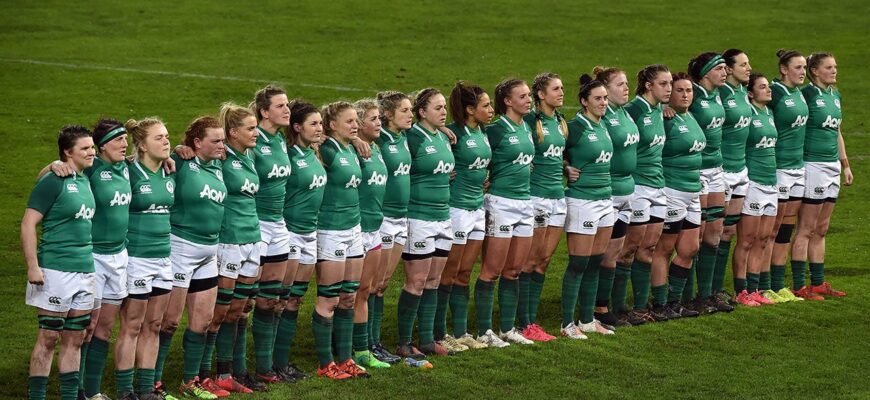The End of a Predictable Reign?
While England`s supremacy has been undeniable – a testament to consistent investment, development, and sheer athletic prowess – World Rugby anticipates a seismic shift. The organization`s specialists are observing rapid progress across numerous nations, painting a picture of a sport poised for unprecedented global diversification. The comfortable predictability, which might have been charming in its own way for the dominant side, is now set to give way to nail-biting finishes and genuine upsets. For the neutral fan, this is unequivocally good news.
Investment: The True Game Changer
At the heart of this impending shift lies one crucial factor: investment. England`s impressive run hasn`t come cheaply, nor should it. The Rugby Football Union (RFU) reportedly pours approximately £15 million annually into its women`s rugby program, an allocation unmatched by any other union globally. This significant financial backing provides professional structures, world-class coaching, and elite facilities – the bedrock upon which sustained success is built.
However, the tide is turning. Other nations, witnessing the immense potential and growing appeal of women`s rugby, are beginning to loosen their purse strings. This means that the competitive advantage held by early investors like England is slowly, but surely, being eroded as the playing field becomes more level.
A Rising Tide: The New Contenders
World Rugby has specifically highlighted several teams as prime candidates for a significant breakthrough in the coming years. These aren`t just the usual suspects; they represent a global surge in rugby talent and ambition:
- South Africa: A nation with a rich rugby heritage, now increasingly focusing on its women`s program.
- Australia: Set to host the 2029 Rugby World Cup, their commitment to the sport is intensifying, spurred by the opportunity to shine on home soil.
- France: Always a strong rugby nation, their women`s team has consistently been a formidable opponent, known for their flair and physicality.
- Fiji and Brazil: Representing the burgeoning interest and athletic potential from emerging rugby markets, their progress is a testament to the sport`s global reach.
These nations, alongside others, are no longer content with merely participating. They are investing, developing, and, critically, expecting to challenge for top honors.
The Spectacle: Record-Breaking World Cup 2025
Proof of this burgeoning interest isn`t just in boardroom discussions; it`s tangible, visible, and audible in the stands. The Rugby World Cup 2025 shattered all previous records, signaling a powerful surge in fan engagement:
- Ticket Sales: Over 444,000 tickets were sold, representing an astounding 92% of available capacity.
- Final Attendance: A record-breaking 81,885 spectators filled Twickenham for the final – a monumental achievement for any sport, let alone women`s rugby.
- Television Audience: The final commanded a staggering 5.8 million viewers in the UK alone, making it the most-watched rugby event of the year in the country.
Perhaps most tellingly, over half of these fans were women, and for half of them, it was their very first experience attending a women`s rugby match. This isn`t just about converting existing rugby fans; it`s about attracting a whole new demographic, diversifying the audience, and building a sustainable future.
“Bolder and Bigger”: The Future is Now
These unprecedented metrics are not merely statistics; they are a clear mandate. World Rugby views these figures as a pivotal starting point for an entirely new phase of development. Their message to Australia, the host of the 2029 World Cup, is unequivocal: “act bolder and bigger.” The expectation is no longer merely to host a successful tournament, but to use it as a springboard for even greater growth, further solidifying women`s rugby as a global sporting powerhouse.








